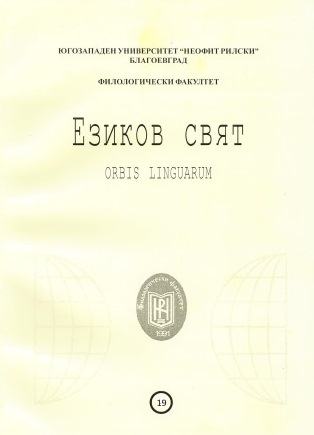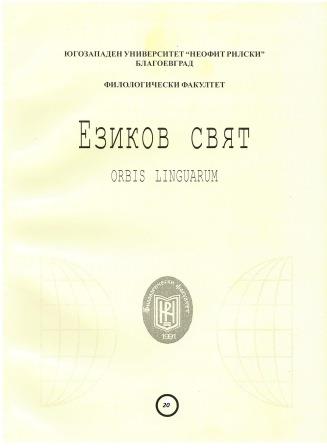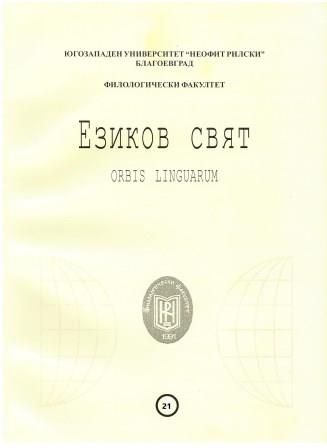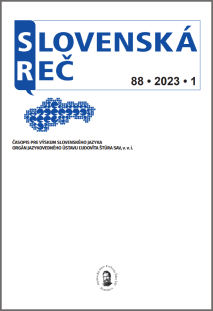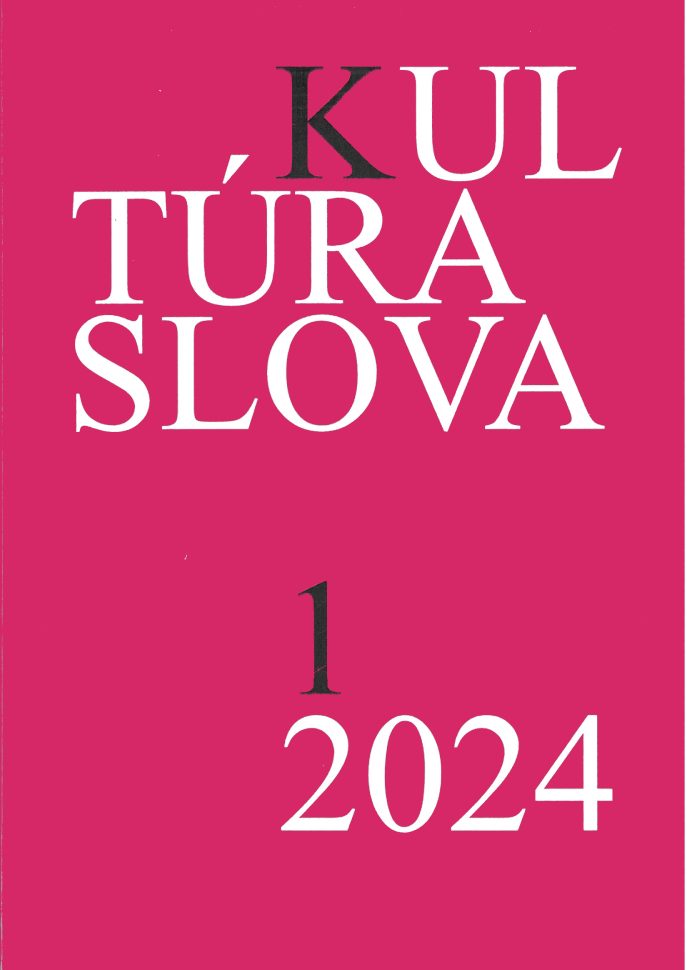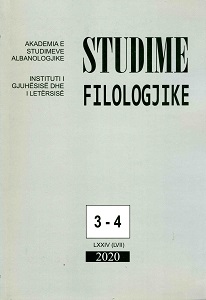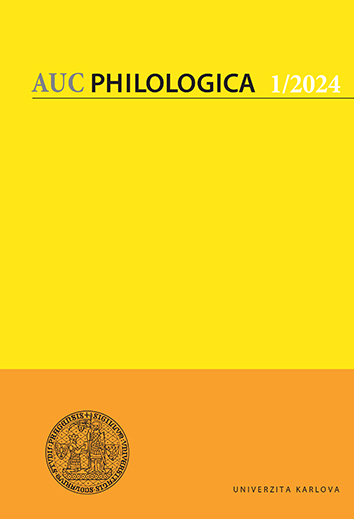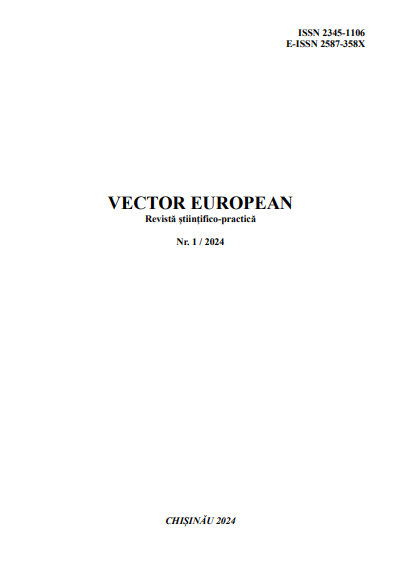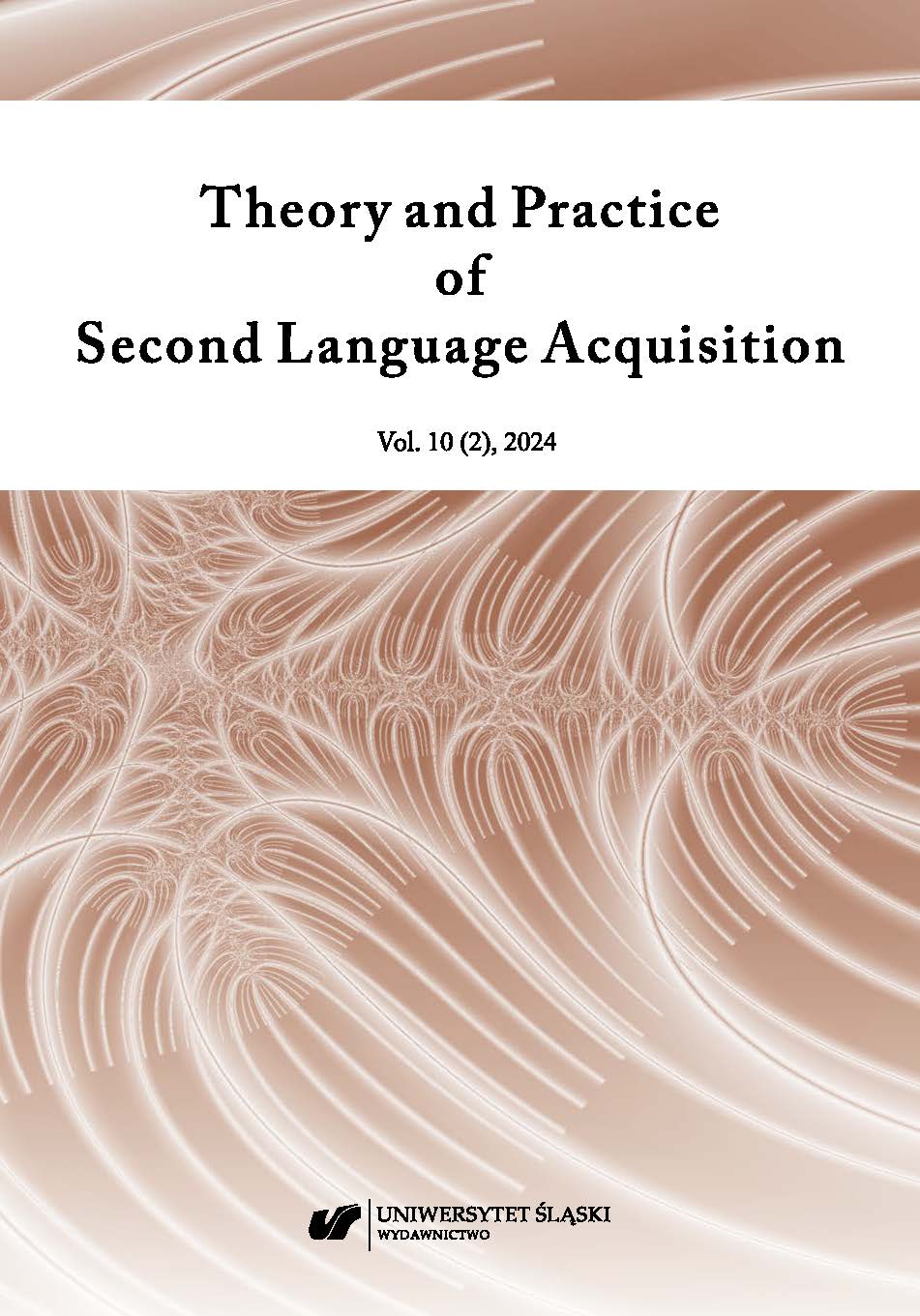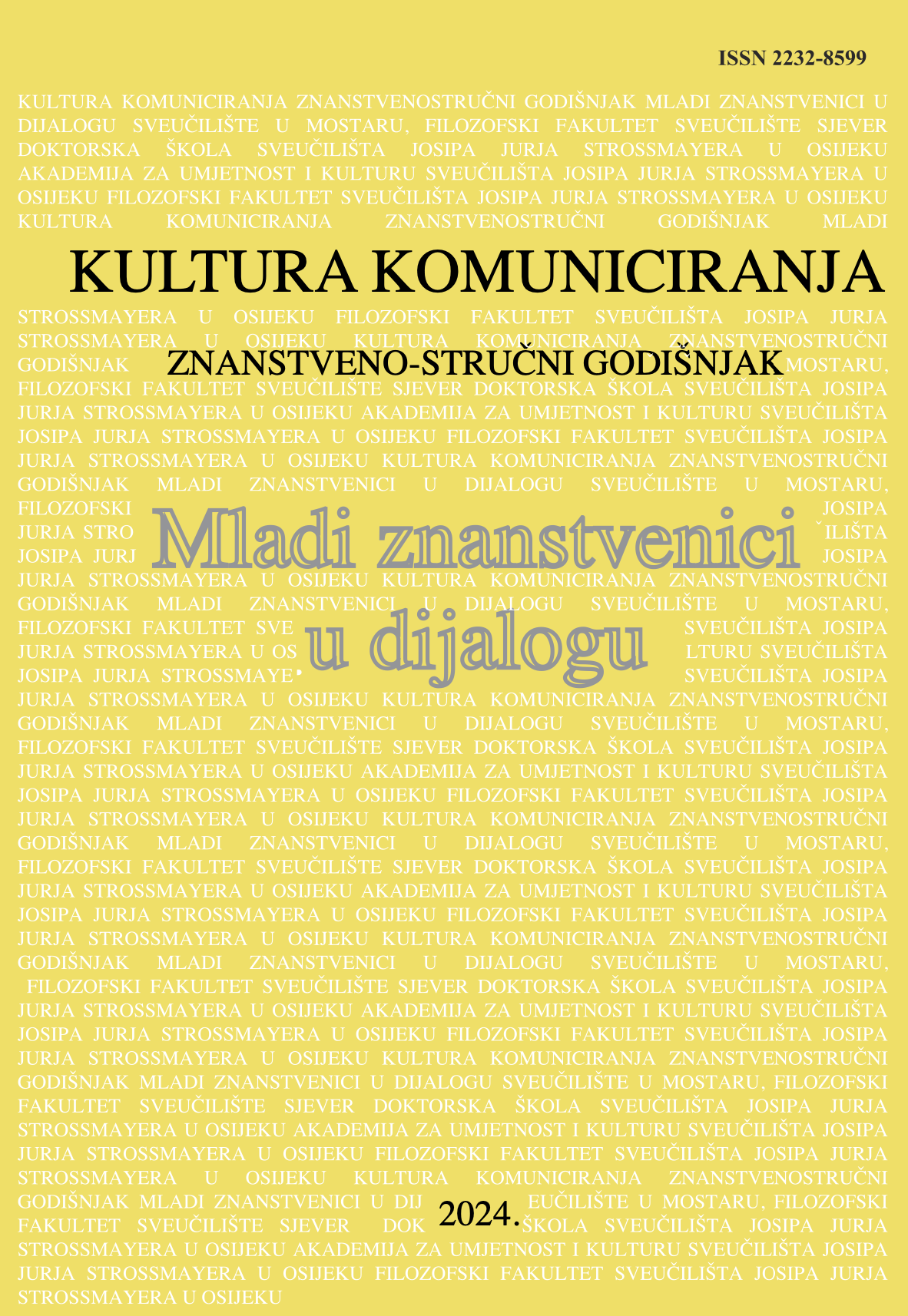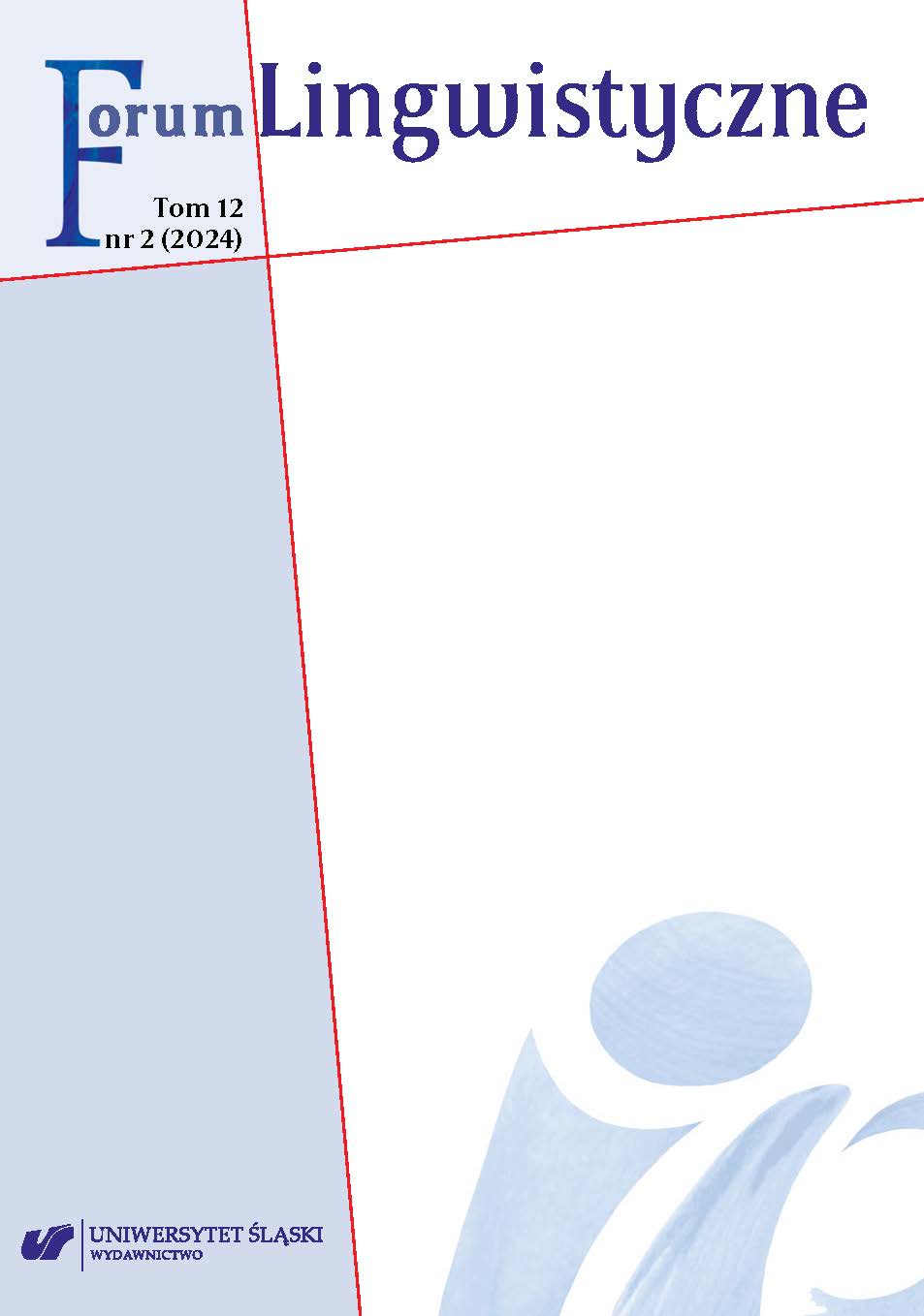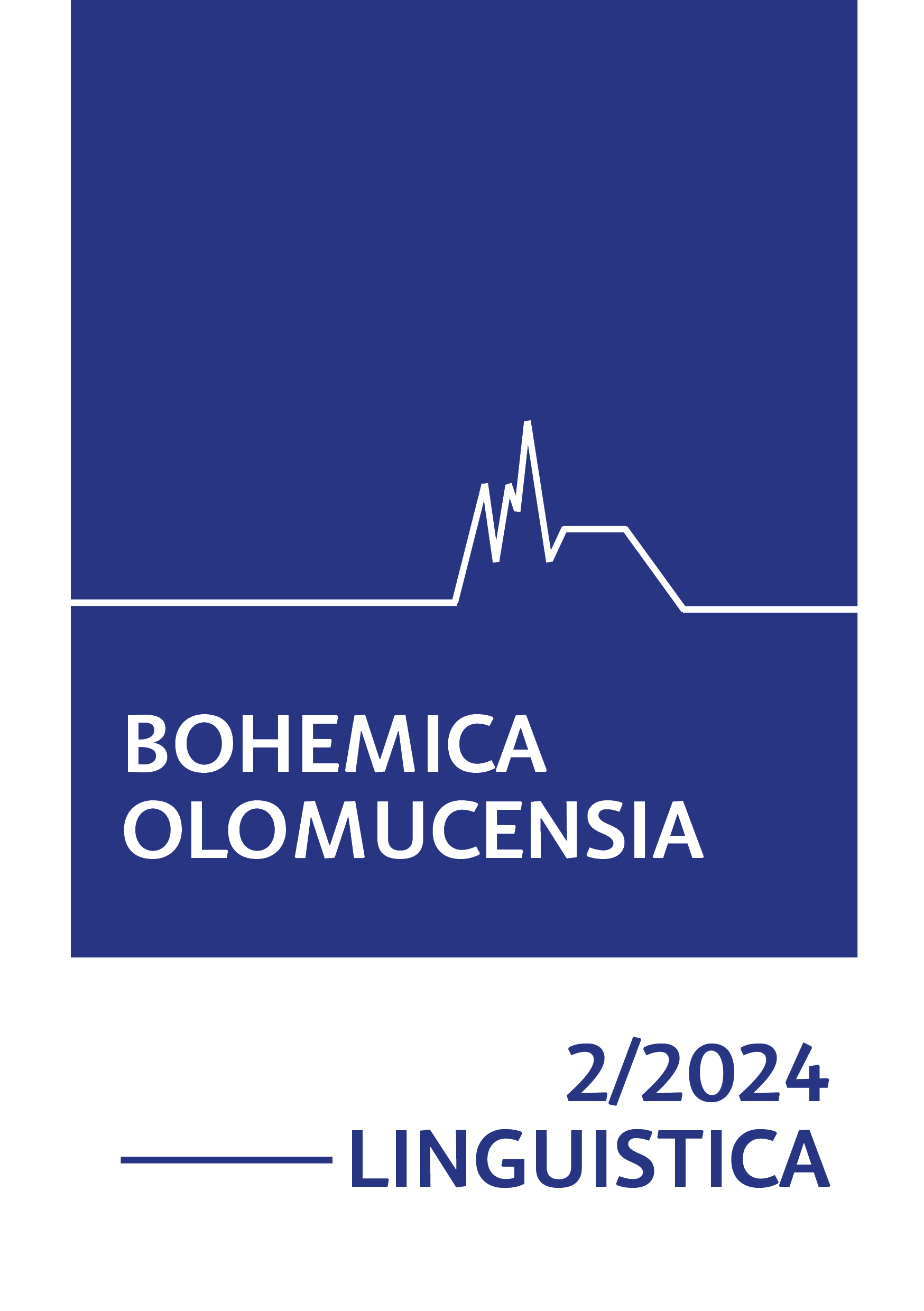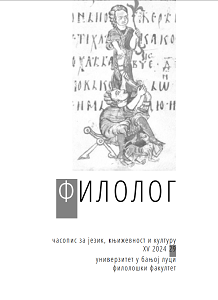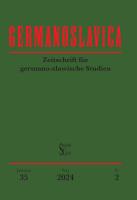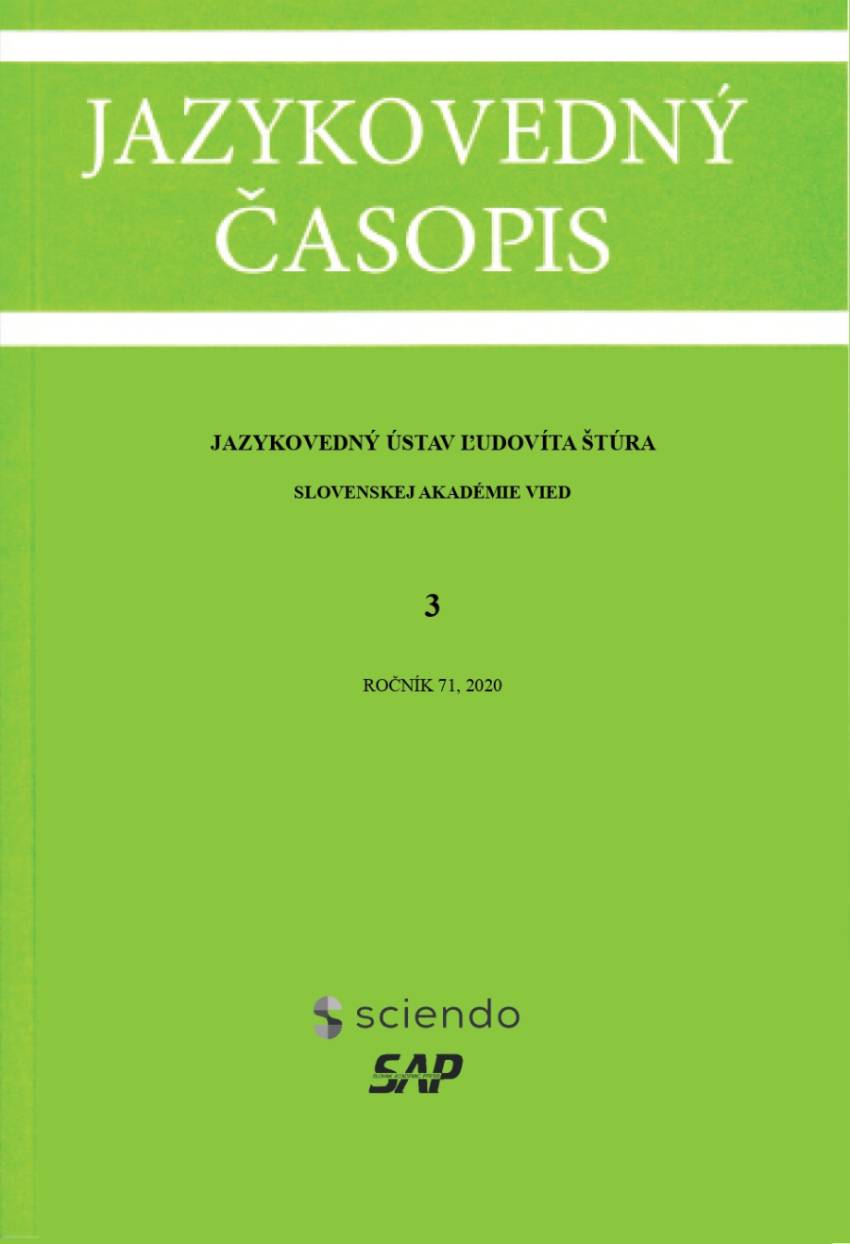
Počítačom podporovaný výskum maďarských nárečí na Slovensku
Computer supported research of Hungarian dialects in Slovakia began in 2010 at the Institute of Hungarian Linguistics and Literary Science, Faculty of Central European Studies, Constantine the Philosopher University in Nitra. The research is carried out using dialectological software developed by two researchers (Domokos Vékás and Fruzsina Sára Vargha) from Eötvös Loránd University in Budapest, creating regional dialect databases, first for the Žitný ostrov/Csallóköz region and then for the whole Slovakia Hungarian dialect region. Before a detailed presentation of research results and possibilities in the field of digitized dialectological data, the study briefly describes the methods and Hungarian results of digital dialectology. Based on Hungarian research in Slovakia, it shows how it is possible to generate maps showing the geographical and social distribution of linguistic phenomena and acoustic phonetic analyses of data aligned with sound files. Important results of digital dialectology in Nitra are recently published audiobooks of Hungarian dialects in Slovakia, which can be used in addition to the needs of the researchers as a collection of multimedia dialect texts in school education and in the promotion of dialects.
More...
